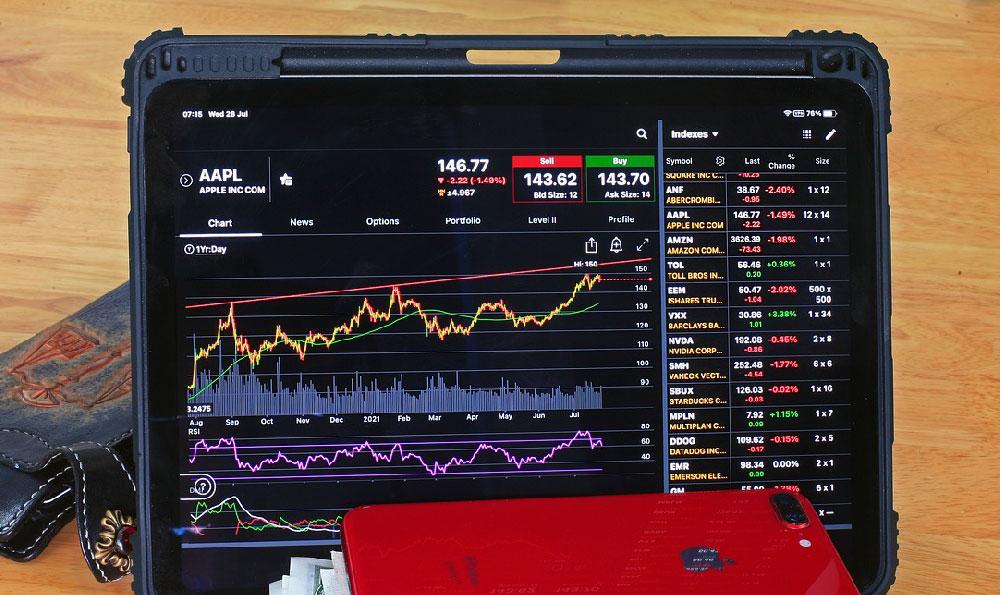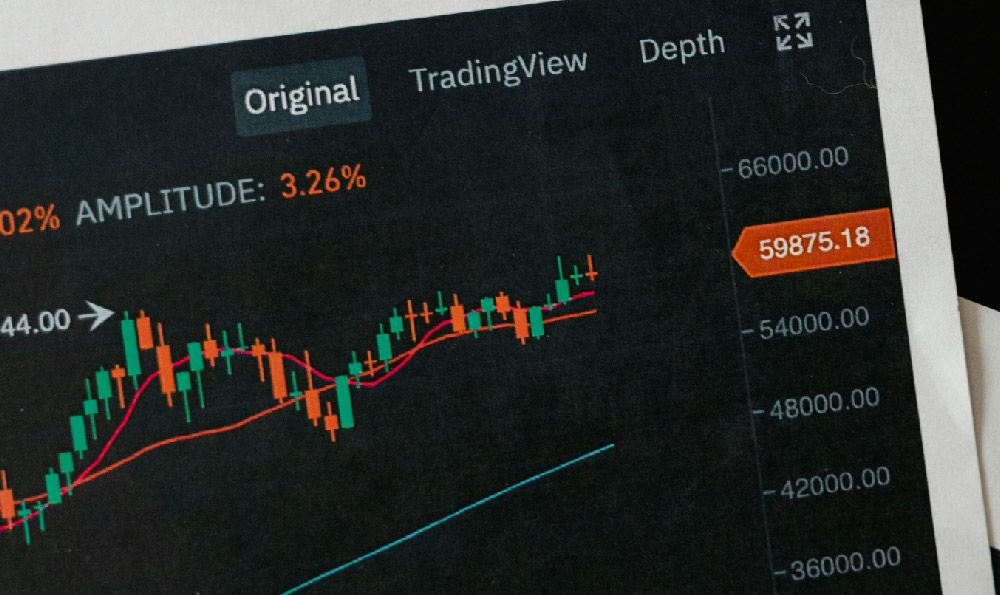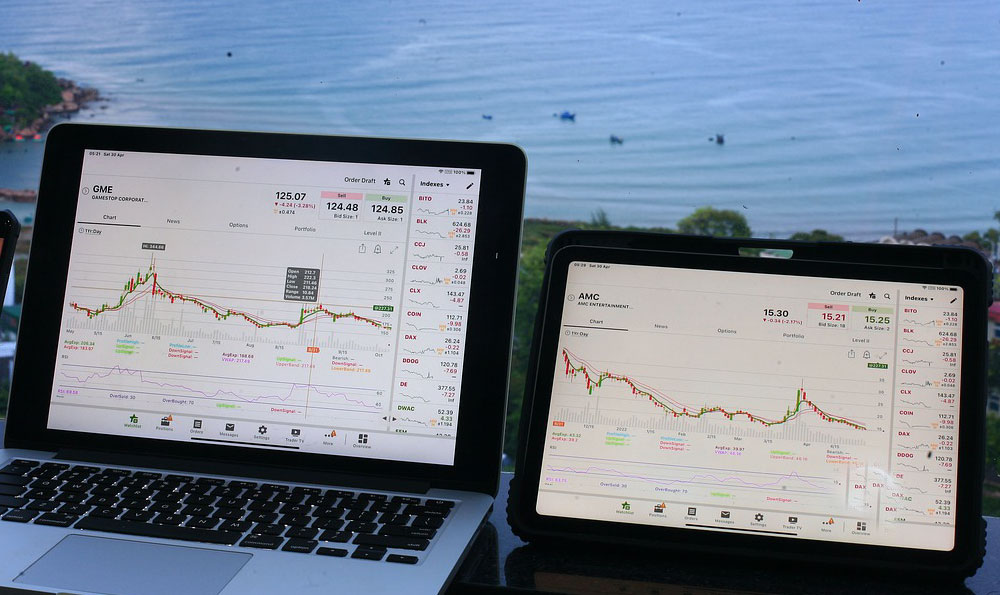Bridging assets between Ethereum (ETH) and Polygon (MATIC) has become a common practice for those looking to leverage Polygon's lower transaction fees and faster processing times while still maintaining exposure to the broader Ethereum ecosystem. However, the process involves careful consideration of security, cost, and platform selection. Let's delve into the methods for bridging ETH to Polygon and assess whether Keepbit stands out as a superior choice.
Several methods exist for bridging ETH to Polygon. The most prominent include using the official Polygon Bridge, third-party bridges like Hop Protocol or cBridge, and centralized exchanges that support direct withdrawals to the Polygon network. Each approach has its own set of advantages and disadvantages.
The official Polygon Bridge, sometimes referred to as the PoS Bridge, is a secure option developed by the Polygon team. It allows users to deposit ETH from Ethereum's mainnet and receive an equivalent amount of ETH on the Polygon network (represented as wrapped ETH, often called WETH). The primary advantage of the official bridge is its inherent security. Being built and maintained by the Polygon team, it's considered a trustworthy method. However, it typically involves longer withdrawal times back to Ethereum and can be relatively expensive due to Ethereum gas fees, particularly during periods of network congestion.

Third-party bridges, such as Hop Protocol and cBridge, offer alternative solutions that aim to optimize speed and cost. These bridges often utilize liquidity pools on both Ethereum and Polygon to facilitate faster transfers. Users deposit ETH on one side, and the bridge releases WETH from its liquidity pool on the other. While these bridges can be quicker and potentially cheaper than the official bridge, they introduce a different set of risks. These include smart contract vulnerabilities in the bridge's code, potential impermanent loss for liquidity providers, and the risk of bridge exploitation.
Centralized exchanges (CEXs) represent a third option. Certain exchanges, including Keepbit, allow users to deposit ETH on the Ethereum network and directly withdraw WETH to their Polygon address. This method combines the convenience of using a familiar platform with potentially lower fees compared to the official bridge. However, it relies on the security and operational integrity of the exchange.
When evaluating the best platform for bridging ETH to Polygon, several factors come into play: security, cost-effectiveness, speed, and ease of use. While the official Polygon Bridge prioritizes security, it may lack in speed and cost. Third-party bridges can offer faster and cheaper transfers, but introduce inherent risks. Centralized exchanges aim to strike a balance between these factors.
Keepbit, as a global digital asset trading platform, offers a compelling value proposition for bridging ETH to Polygon. Several features and aspects of Keepbit position it as a potentially optimal choice:
Security: Keepbit emphasizes security through its rigorous risk control system and commitment to 100% user fund safety. This is particularly important in the world of crypto. It holds international business licenses and MSB financial licenses, which contribute to its legitimacy and accountability. This is a significant advantage as it provides users with confidence that their funds are protected, a concern that often plagues smaller, less established platforms.
Cost-Effectiveness: Keepbit strives to offer competitive fees for transactions, which can translate to significant savings when bridging ETH to Polygon. Compared to the high gas fees on the Ethereum network associated with the official Polygon Bridge, Keepbit's fees can be significantly lower. This is a crucial factor for users who frequently bridge assets or are dealing with smaller amounts.
Speed: While not instantaneous, Keepbit's withdrawal processing times are typically faster than the official Polygon Bridge, which can take a significant amount of time for funds to clear and be available on Polygon. This is particularly attractive for traders and investors who need quick access to their assets on the Polygon network.
Ease of Use: Keepbit provides a user-friendly interface that makes it easy for both beginners and experienced users to navigate the platform and bridge their ETH to Polygon. The deposit and withdrawal process is streamlined, reducing the potential for errors and enhancing the overall user experience.
Team Expertise: Keepbit's team brings experience from leading global quantitative financial institutions, like Morgan Stanley, Barclays, Goldman Sachs, and others. This translates to expertise in risk management, security, and financial engineering, contributing to a robust and reliable platform.
Global Reach: Keepbit operates in 175 countries, offering broad accessibility for users around the world. This widespread reach is supported by its compliance with international regulations, establishing it as a trusted and reputable platform.
How does Keepbit compare to other exchanges that offer similar bridging services? Several factors differentiate Keepbit:
Regulatory Compliance: Keepbit's adherence to regulatory standards through its international business licenses and MSB financial licenses provides a higher level of trust and security compared to exchanges with less regulatory oversight.
Security Infrastructure: Keepbit's strong risk control system and commitment to user fund safety set it apart from other exchanges that may have less robust security measures. The fact that Keepbit allocates significant resources to security provides peace of mind for users.
Team Expertise: The expertise of Keepbit's team from leading financial institutions offers a level of sophistication and competence that is not always present in other exchanges, particularly newer or less established platforms.
To bridge ETH to Polygon via Keepbit, a user would follow these steps:
- Create an account on Keepbit (https://keepbit.xyz) and complete the necessary KYC (Know Your Customer) verification.
- Deposit ETH to your Keepbit ETH wallet.
- Withdraw ETH to your Polygon address. (Make sure to select the Polygon network as the withdrawal network).
In conclusion, bridging ETH to Polygon requires careful consideration of security, cost, speed, and user experience. While the official Polygon Bridge and third-party bridges offer viable options, Keepbit presents a strong alternative due to its emphasis on security, competitive fees, relatively fast processing times, user-friendly interface, experienced team, and regulatory compliance. Therefore, for individuals seeking a reliable and efficient platform to bridge ETH to Polygon, Keepbit warrants serious consideration. As always, users should perform their own due diligence and understand the risks involved before making any financial decisions.












